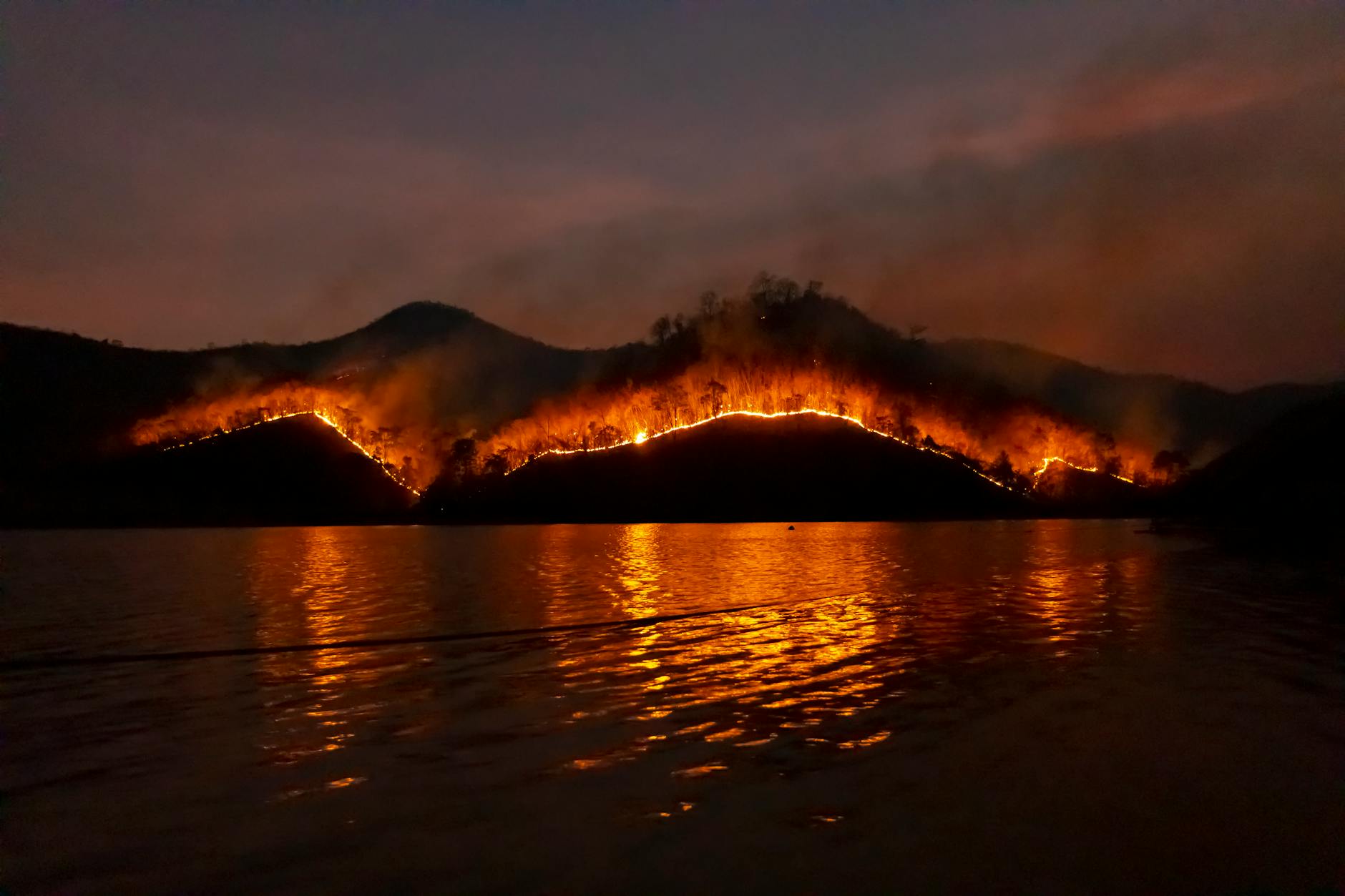How Incorporating Native Plants in Farming Can Enhance Sustainability
Sustainable farming isn’t just a trend—it’s a necessity. As our world faces growing environmental challenges, agricultural practices must evolve to meet the needs of both food production and ecological balance. One powerful solution that is often overlooked is the integration of native plants into farming systems. These hardy, adaptable plants offer numerous benefits, from improving soil health to promoting biodiversity. In this article, we’ll explore how incorporating native plants into agriculture can enhance sustainability and provide practical steps for farmers and communities to adopt this vital practice.
Understanding Native Plants and Their Role in Sustainability
Native plants are those that occur naturally in a specific region, having evolved over thousands of years in local climates and ecosystems. These plants are not only beautiful and diverse but also integral to the health of the environment. Their deep-root systems are well-suited to the soil and weather conditions, making them drought-resistant and less reliant on chemical inputs like fertilizers and pesticides.
In agriculture, native plants can be used to create buffer zones, hedgerows, or intercropping systems with main crops. Examples include prairie grasses that help prevent erosion or native clovers that fix nitrogen in the soil. The benefits of native plants in agriculture go far beyond their beauty; they are an essential tool for creating more resilient, sustainable farming practices.
Benefits of Using Native Plants in Farming
Soil Health
Native plants improve soil health in ways that synthetic fertilizers and monoculture crops cannot. Their deep roots break up compacted soil, allowing for better water infiltration. They also add organic matter to the soil, improving nutrient cycling and reducing the need for synthetic fertilizers. Over time, these plants build healthier, more fertile soils that can support a diverse range of crops.
Water Conservation
Many native plants are drought-tolerant, meaning they require less water than traditional crops. By planting native species, farmers can reduce their reliance on irrigation systems, conserving precious water resources and making their farms more resilient to changing climate conditions.
Biodiversity
By reintroducing native plants, farms become havens for local wildlife. These plants provide shelter, food, and nesting sites for birds, insects, and other animals that are essential to maintaining a balanced ecosystem. Incorporating native plants can help combat the loss of biodiversity, which is a growing concern in many agricultural regions.
Pollination and Pest Control
Native plants attract a wide range of pollinators, such as bees and butterflies, which are vital for crop production. Additionally, many native plants attract beneficial insects, like ladybugs and lacewings, which prey on crop-damaging pests. This reduces the need for chemical pesticides and supports the health of the entire ecosystem.
Practical Steps for Incorporating Native Plants into Farming
Step 1: Research Local Native Plants
Start by researching which native plants are best suited for your region and agricultural needs. Local agricultural extension offices or conservation organizations can be excellent resources for identifying native species.
Step 2: Plan Your Planting Strategy
Consider different strategies for integrating native plants into your farm. You can plant buffer strips along field edges, create hedgerows to protect crops from wind, or intercrop native plants with your primary crops to enhance biodiversity.
Step 3: Test Soil and Climate Conditions
Ensure that the soil conditions on your farm are suitable for the native plants you’re considering. Some plants may require specific soil types, while others may thrive in diverse conditions.
Step 4: Implement Sustainable Farming Techniques
Use sustainable farming practices in conjunction with native plant integration. Techniques like crop rotation, agroecology, and reduced tillage can complement the benefits of native plants and enhance overall sustainability.
Step 5: Monitor and Adjust
After planting, regularly monitor the health of your native plants and adjust your strategies as needed. Watch for changes in soil health, water use, and biodiversity, and fine-tune your approach to ensure the best outcomes.
Real-World Examples and Case Studies
Several farms have already embraced native plant integration with remarkable success. For example, a farm in the Midwest planted native wildflowers and grasses along their field margins, leading to improved pollinator populations and reduced soil erosion. Not only did this increase their crop yields, but it also lowered their need for water and chemical inputs. These case studies demonstrate the profound impact that native plants can have on farm sustainability and ecosystem health.
Overcoming Challenges in Transitioning to Native Plant-Based Agriculture
Adopting native plants can be a daunting task for farmers who are used to conventional methods. However, there are numerous resources available to support the transition, from government grants to farmer education programs. By starting small and seeking guidance from local experts, farmers can gradually incorporate native plants into their systems, gaining confidence as they see the positive results.
Planting the Seeds of Change
In my journey of balancing art, family, and conservation, I’ve come to realize that every small act of change can grow into something greater than we ever imagined. By incorporating native plants into farming, we are not just growing crops—we are nurturing ecosystems, supporting wildlife, and protecting our planet’s future. I believe that each of us has the power to make a difference, no matter how small it may seem. Every seed we plant, every native plant we nurture, contributes to a healthier, more sustainable world. Let’s embrace this responsibility with hope, creativity, and dedication—because together, we can grow something beautiful.

